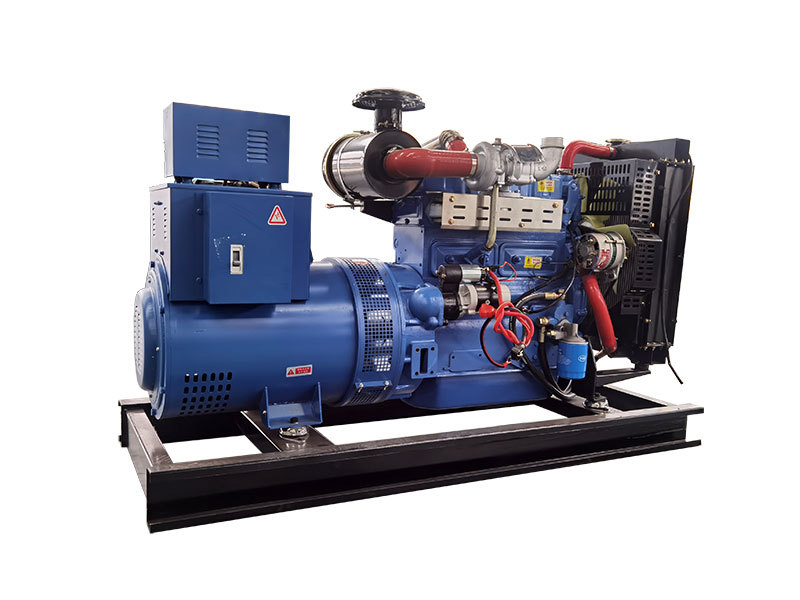The Power of Parallel Operation
To be honest, when it comes to power generation, having multiple generator sets working in harmony can make a world of difference. Whether you're looking to enhance reliability or improve efficiency, synchronizing these power sources is key. In this article, we'll dive into the ins and outs of parallel operation, exploring the benefits and best practices for creating robust power networks.
The Importance of Synchronization
Have you ever wondered why synchronization matters so much? Well, the truth is, it plays a crucial role in ensuring seamless load sharing and maintaining system stability. By synchronizing multiple generator sets, you're creating a cohesive power source that can respond to fluctuations in demand without missing a beat.
The Art of Load Sharing
Interestingly enough, one of the primary benefits of synchronizing generator sets is load sharing. This means that the power output is distributed evenly across all connected generators. As a result, you're able to optimize efficiency and reduce wear and tear on individual units. But how do you go about ensuring equal load distribution?
Understanding Power Factors
As it turns out, power factors play a significant role in load sharing. In my experience, it's essential to consider both the active and reactive power factors when synchronizing generator sets. By doing so, you can ensure that each generator is contributing its fair share to the overall power output.
Best Practices for Synchronizing Generator Sets
When it comes to synchronizing multiple generator sets, there are a few best practices to keep in mind. Here are some practical tips to help you achieve a successful parallel operation:
Troubleshooting Common Synchronization Issues
Inevitably, you may encounter some synchronization issues along the way. Some common challenges include mismatched voltages, frequencies, or phase angles. When faced with these problems, it's essential to identify the root cause and make the necessary adjustments to ensure a successful parallel operation.
The Role of Protective Relays
Protective relays can be a valuable tool in identifying and resolving synchronization issues. In many cases, these devices can detect potential problems and provide real-time feedback, allowing you to make informed decisions and keep your power network running smoothly.
Creating a Robust Power Network
So, there you have it – the ins and outs of synchronizing multiple generator sets. By following best practices and staying vigilant in your monitoring efforts, you can create a robust power network that delivers reliable, efficient performance. And as our world becomes increasingly dependent on electricity, this is a skill that's more valuable than ever.
In conclusion, synchronizing multiple generator sets is an essential aspect of maintaining a reliable and efficient power supply. By understanding the importance of load sharing, power factors, and best practices for synchronization, you can create robust power networks that stand the test of time. So go ahead – harness the power of parallel operation and take your power generation capabilities to new heights!





